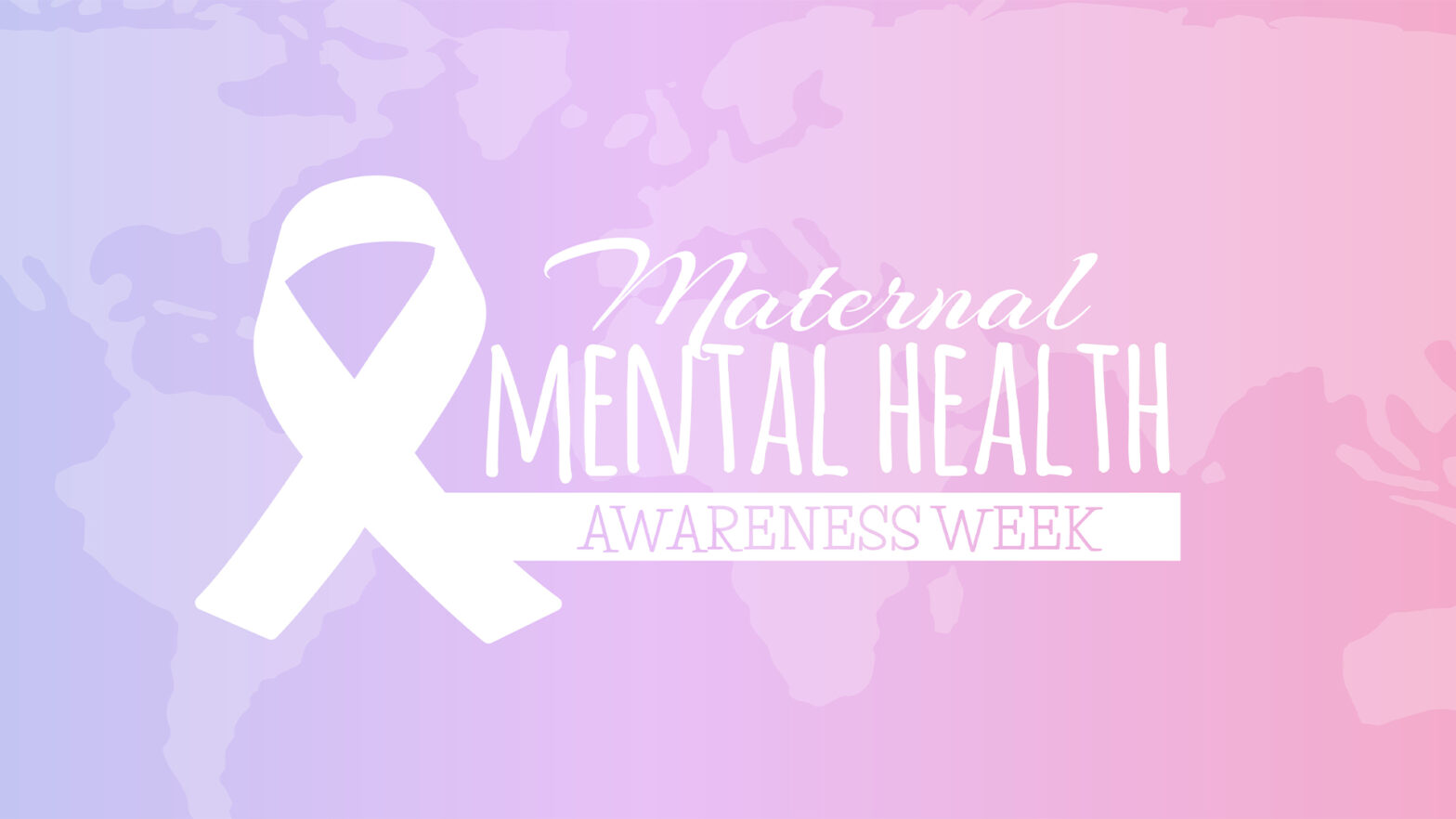
Pretty much like humans, dogs also experience bouts of anxiety for one reason or the other. And when this happens, it can be stressful for both the pet owner and others nearby.
Knowing how to spot the signs and what to do when anxiety kicks can help you keep your canine friend relaxed throughout your pet parenthood.
Read on for signs your pet could be anxious, alongside a few tips on how to help them relax.
4 Signs of Anxiety in Dogs
1. Changes in Appetite
A drastic increase or decrease in appetite can be indicative of anxiety in dogs. For instance, when separated from its owner, a dog may no longer eat its regular meals.
Your canine buddy may also eat excessively out of boredom or lack of stimulation and attention– just like humans binge eat to beat stress and anxiety!
2. Excessive Shedding
While it may vary from one breed to the next, dogs typically shed a certain amount of hair and fur each day. If your pet is suddenly shedding an abnormal amount, this could be a sign it’s anxious or distressed. Unusually heavy shedding or bald patches should not go unnoticed.
3. Aggressive Behaviour
Dogs tend to express their fears through aggressive outbursts such as growling, biting on things, and snapping at other animals or humans. This could as well serve as a warning sign for anxiousness.
These aggressive behaviours could be triggered by various situations, such as being abandoned, feeling threatened, or getting worked out by the presence of other animals or unfamiliar people/places.
4. Abnormal Barking
Last but not least, excessive barking can be a sign of anxiety in dogs. For instance, dogs may bark unnecessarily when they sense something unusual or unknown, such as noises from outside their home.
When excitement and/or fear increases, some dogs can bark excessively too, so you’ll need to be extra vigilant to spot any sudden change in vocalization patterns.
Generally, any abnormal barking behaviour should be addressed quickly before it becomes more problematic for your pet’s overall well-being.
5 Ways to Address Dog Anxiety
There are several ways to help prevent, reduce, or calm anxious behaviour in dogs. Some of these include:
CBD Treats for Dogs: Natural, hemp-based dog treats infused with CBD have become a go-to option for pet owners looking to help alleviate anxiety in their canine buddies. They’ve also been shown to help boost immunity and even alleviate joint stiffness depending on their composition.
So, make sure to explore dog-friendly CBD oil options, especially if your pooch gets anxious during travel, parties, or when left alone in the house.
Creating a Safe Space: If your dog is prone to anxiety, it might help to designate an area within your home where they feel safe and comfortable, even during times of distress. While at it, ensure the area is free of external stimuli like loud noise, bright lights, and other stressors that could lead to anxious behaviour.
Provide Attention, Toys, & Exercise: It also helps to spend quality time with your furry friend, ensuring they stay occupied whenever you’re attending to other tasks. Introducing new toys, spending time outdoors together, or engaging in activities that give your pooch an outlet for pent-up energy can go a long way in reducing anxiety.
Behavioural Therapy: Behavioural therapies like positive reinforcement training can also help to effectively manage the underlying stressors causing dog anxiety. As a pet owner, consider working with a canine behaviourist to find techniques and tools you could use to keep your dog calm and healthy.
Speak To A Vet: If you are extra concerned about your dog’s behaviour, it’s always advisable to speak to a renowned vet as soon as possible. Your veterinarian can help determine underlying medical issues that could be causing anxiety to your furry buddy.
Besides providing professional advice and support on how to address dog anxieties, your vet can also recommend medications or therapies that may be beneficial in helping them cope better with stressful environments.
















